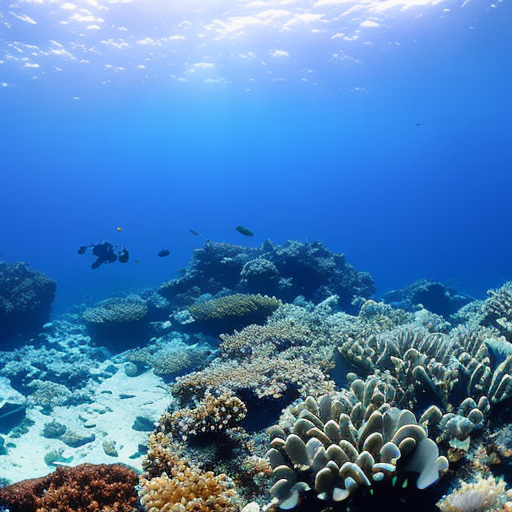Summary:
Marine geology is the study of the Earth’s oceanic crust, sediments, and the processes that shape the ocean floor. It involves examining the geological features of the seafloor, understanding the formation of underwater mountains and trenches, and investigating the movement of tectonic plates beneath the ocean. Marine geology plays a crucial role in understanding Earth’s history, climate change, and the exploration of underwater resources.
Overview:
Marine geology is a branch of geology that focuses on the study of the Earth’s oceans and their geological features. It encompasses the examination of the seafloor, the processes that shape it, and the sediments that accumulate on its surface. By studying marine geology, scientists gain insights into the history of the Earth, the formation of underwater landscapes, and the dynamics of plate tectonics.
Seafloor Mapping:
One of the primary goals of marine geology is to map the seafloor. This involves using various techniques, such as sonar, to create detailed maps of the ocean floor’s topography. These maps reveal features such as underwater mountains, trenches, and ridges. By understanding the shape and structure of the seafloor, scientists can gain insights into the processes that have shaped it over millions of years.
Plate Tectonics:
Marine geology plays a crucial role in the study of plate tectonics, which is the theory that Earth’s lithosphere is divided into several large plates that move relative to each other. The seafloor spreading process, where new crust is formed at mid-ocean ridges, provides evidence for plate tectonics. By studying the magnetic properties of rocks on the seafloor, scientists have been able to confirm the theory of plate tectonics and gain insights into the movement of these plates.
Sedimentation and Paleoclimate:
Marine geology also involves the study of sediments that accumulate on the seafloor. These sediments provide valuable information about past climates, ocean currents, and the history of life on Earth. By analyzing the composition and characteristics of sediment cores, scientists can reconstruct past climate conditions and understand how they have changed over time. This information is crucial for predicting future climate patterns and understanding the impacts of climate change.
Underwater Resources:
Marine geology plays a significant role in the exploration and exploitation of underwater resources. The seafloor is rich in valuable minerals, hydrocarbons, and other resources. By studying the geology of the seafloor, scientists can identify potential areas for resource extraction and develop sustainable methods for their exploitation. Marine geology also helps in understanding the impacts of resource extraction on the marine environment and developing strategies for minimizing these impacts.
Environmental Management:
Understanding marine geology is essential for effective environmental management of coastal areas and marine ecosystems. By studying the geological processes that shape coastlines, scientists can predict and mitigate the impacts of natural hazards such as coastal erosion and tsunamis. Marine geology also helps in identifying areas of high biodiversity and ecological significance, aiding in the establishment of marine protected areas and conservation efforts.
Conclusion:
Marine geology is a multidisciplinary field that combines elements of geology, oceanography, and environmental science. It plays a crucial role in understanding the Earth’s history, the dynamics of plate tectonics, and the impacts of climate change. By studying marine geology, scientists can gain insights into the formation of underwater landscapes, the accumulation of sediments, and the exploration of underwater resources. This knowledge is vital for sustainable management of marine environments and the conservation of our oceans.












